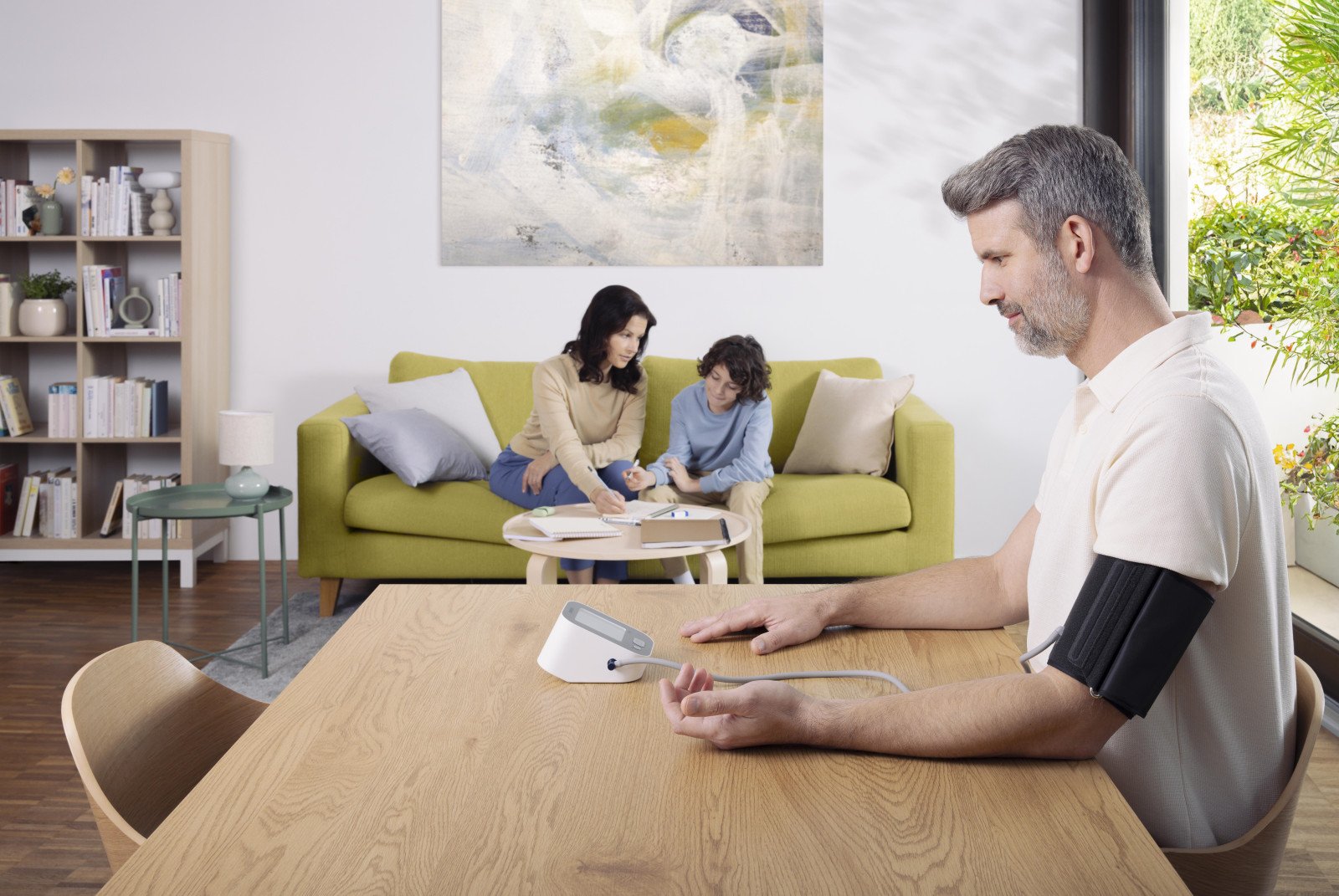Cardiovascular Topics
2023 Update Guidelines on Arterial Hypertension by the European Society of Hypertension (ESH)
The ESH has updated their guidelines for the management of arterial hypertension, with greater emphasis on the use of clinically validated devices.

Key messages
The ESH has recently updated their guidelines for the management of arterial hypertension, with greater emphasis on the use of clinically validated devices1
Home BP monitoring with validated devices leads to better blood pressure control, whereas the use of non-validated devices with inaccurate measurements can lead to misdiagnosis7
What has changed for blood pressure measurements in the 2023 updated ESH Guidelines?1
Adults
Opportunistic screening for all adults
Regular measurements for those >40 years or at high risk
Children
Screening of all children <3 years old
Screening of children >3 years old with risk factors for high blood pressure (BP) including congenital heart disease, chronic kidney disease, solid organ transplantation, treatment with BP increasing drugs, or history of preterm birth
Devices
Only properly validated devices should be used to ensure measurements are accurate
Automatic electronic, upper-arm cuff devices are recommended for both office and out-of-office use
Devices with automated storage and connectivity are preferred
Support for telehealth technologies and nocturnal BP measurements are encouraged
Home BP monitoring is recommended for:
Providing better reproducibility and prognostic value
Support the identification of white-coat or masked hypertension
Improving BP control through long-term follow-up of treated hypertension
Novel home devices could provide an alternative to ambulatory blood pressure measurement (ABPM) to measure blood pressure values during sleep to detect elevated or non-dipping blood pressure

Why is clinical validation of devices crucial?
Although clinical validation for accuracy is recommended by guidelines, it is not mandatory prior to bringing a blood pressure monitor (BPM) to market3,4
Globally, less than a quarter of upper-arm devices are validated or equivalent to a validated device5
Non-validated devices may provide inaccurate measurements, leading to misdiagnosis and mistreatment7
The ESH recommends that healthcare professionals, patients, and the public should check STRIDE BP for listing of accurate devices1
Lists of devices validated for home, office/hospital, or ambulatory use, in addition to those validated for use in children or pregnant women can be found at www.stridebp.org
STRIDE BP currently approves 390 of the >4000 devices on the market2


How are blood pressure monitors validated?
New devices are validated by comparing their measurements to those of reference devices using protocols set out by professional societies
A universal protocol has been developed by the US Association for the Advancement of Medical Instrumentation (AAMI), ESH, and the International Organization for Standardization (ISO)12
STRIDE BP will list a device if the results of such a validation study are published as a full paper10,11

All OMRON devices are clinically validated and listed by STRIDE BP13,14
OMRON ensures that every model of their BPMs meets the highest standards of precision and reliability13
OMRON has 91 validated upper-arm devices listed on STRIDE BP2

References
1. Mancia G, et al. J Hypertens. 2023 June 21.
3. Stergiou GS, et al. J Clin Hypertens (Greenwich). 2018 Jul;20(7):1096-9.
4. Picone DS, et al. Hypertension. 2020 Jun;75(6):1593-9.
5. Picone DS, et al. JAMA. 2022 Feb 15;327(7):680-1.
6. Picone DS, et al. JAMA. 2023 May 2;329(17):1514-6.
7. Stergiou GS, et al. JHypertens. 2021 Jul 1;39(7):1293-302.
8. Sakhuja S, et al. J Clin Hypertens (Greenwich). 2022 Mar;24(3):263-70.
9. Fan WG, et al. J Clin Hypertens (Greenwich). 2020 Feb;22(2):150-6.
10. https://stridebp.org/about-us/principles-for-device-listing. Accessed 11/10/2023.
11. Stergiou GS, et al. J Clin Hypertens (Greenwich). 2019 Nov;21(11):1616-22.
12. Stergiou GS, et al. J Hypertens. 2018 Mar;36(3):472-8.
13. https://healthcare.omron.com/healthcare-solutions/cardiovascular-health/clinical-validations. Accessed 18/10/23.
14. https://healthcare.omron.com/innovations/clinical-research-supporting-literature/cardiology/27/clinical-validation-of-medical-devices. Accessed 18/10/2023.
† Published in the last 10 years and using a recent validation protocol (AAMI/ESH/ISO 2018; ANSI/AAMI/ISO 2013 or 2009; ESH-IP 2010).
‡ This criterion only applies to devices for home use.
OHEAPP-345
